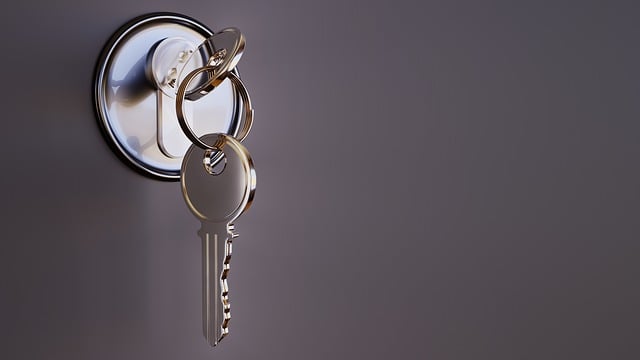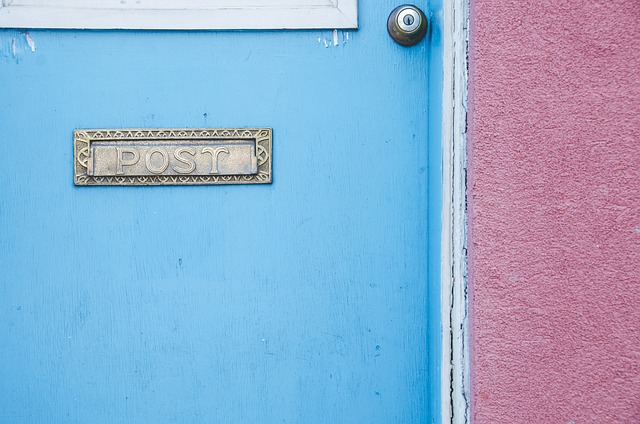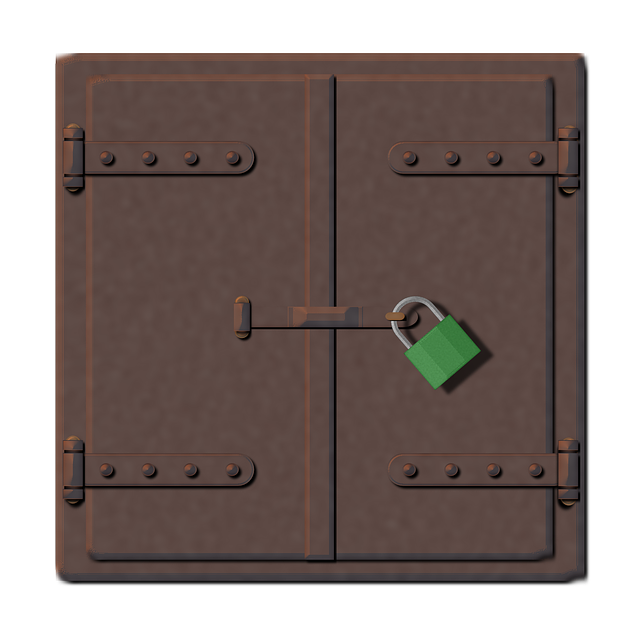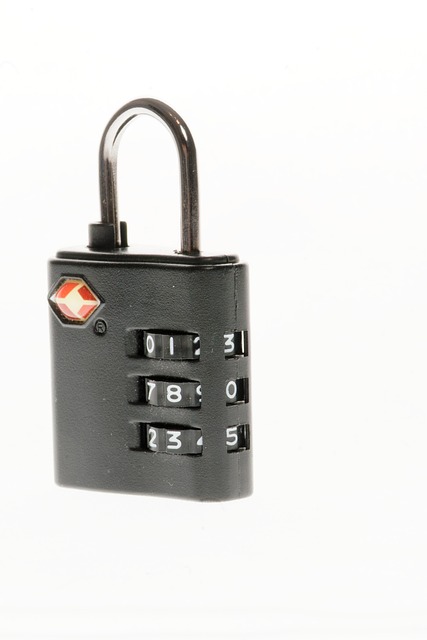Smart locks are transforming the rental property sector by providing secure, convenient access solutions. With Wi-Fi and Bluetooth capabilities, these devices enable keyless entry via smartphones, enhancing security while landlords remotely manage tenant permissions. Keypad locks with customizable codes offer another option. The growing popularity of smart lock installation for rentals highlights their benefits, making them a strategic investment for landlords aiming to cater to modern renters' preferences. This guide emphasizes the ease and convenience of installing renter-friendly smart locks, ensuring optimal performance through proper setup and testing.
Looking to upgrade your rental property with modern convenience and security? Smart locks are a game-changer for landlords and tenants alike. This guide explores the benefits of implementing these innovative devices in rental units, from enhanced security through keyless entry to improved access control via Wi-Fi or Bluetooth connectivity. Discover renter-friendly options like keypad locks, and learn a simple step-by-step installation process. Learn how smart locks can ensure both security and privacy for your tenants, making them a smart choice for any apartment or home.
- Understanding the Benefits of Smart Locks for Rental Properties
- Types of Renter-Friendly Smart Locks Available
- Installation and Setup Process: A Step-by-Step Guide
- Ensuring Security and Privacy with Smart Locks in Rentals
Understanding the Benefits of Smart Locks for Rental Properties

Smart locks are transforming the way landlords and tenants interact with rental properties, offering numerous benefits that enhance security and convenience. For tenants, keyless entry systems provide a modern, renter-friendly alternative to traditional keys. With Wi-Fi-enabled or Bluetooth smart locks, residents can easily unlock their apartments using their smartphones, eliminating the need for physical keys and enhancing accessibility.
These innovative devices also allow landlords to manage access remotely, enabling them to grant or revoke permissions as needed. Keypad locks with secure codes offer an additional layer of protection, ensuring only authorized individuals can enter the property. Smart lock installation for rentals has become increasingly popular due to its convenience, efficiency, and improved security features, making it a valuable investment for any landlord looking to cater to modern tenants’ expectations.
Types of Renter-Friendly Smart Locks Available

When it comes to smart locks for rental units, tenants have a growing array of renter-friendly options to choose from. These innovative devices offer keyless entry for rentals, ensuring convenience and security without the need for physical keys or complex setups. Among the popular choices are Wi-Fi-enabled locks for apartments, which allow users to control access remotely via their smartphones. Bluetooth smart locks for renters provide a similar level of remote management but often integrate seamlessly with existing home automation systems.
For those seeking a more traditional yet modern approach, keypad locks for rental properties offer both security and ease of use. Tenants can set personal codes or utilize touch-based authentication, eliminating the need to carry keys or rely on landlords for access. Installation of these smart locks is typically straightforward and can be done without extensive DIY knowledge, making them accessible for a wide range of renters.
Installation and Setup Process: A Step-by-Step Guide

Installation and Setup Process: A Step-by-Step Guide
Installing a smart lock in your rental unit is easier than you think. Many models are designed with renters in mind, offering straightforward setup processes that often require no drilling or permanent modifications to your door. Typically, you’ll begin by removing the existing lock and preparing the door for installation. Once ready, follow these steps:
1. Connect to Wi-Fi or Bluetooth: Ensure your smart lock is connected to your home’s Wi-Fi network or paired via Bluetooth with your smartphone. Most models offer both options for flexibility.
2. Download the Companion App: Install the recommended app on your smartphone, which will allow you to manage access, create digital keys, and monitor lock activity.
3. Configure Initial Settings: Within the app, set up user profiles for yourself and any other authorized users, creating unique codes or keys for each individual.
4. Test the Lock: Open and close the door to ensure smooth operation and proper functionality before inviting tenants to access the property.
Ensuring Security and Privacy with Smart Locks in Rentals

When it comes to renting a property, both landlords and tenants seek solutions that balance security and convenience. Smart locks offer a compelling option, providing enhanced safety measures while also granting tenants keyless entry and control through their smartphones or other devices. These advanced locks are designed with renters in mind, featuring Wi-Fi or Bluetooth connectivity, making them easily installable and accessible from anywhere.
Landlords can benefit from smart locks’ real-time monitoring capabilities, allowing them to track access and manage permissions remotely. Tenants enjoy the convenience of never losing keys again and increased privacy, as they can grant temporary access to guests or service providers without compromising security. With various models available, including keypad locks with PIN codes or biometric scanners, there’s a smart lock solution tailored for every rental situation.
Landlords and tenants alike can benefit from the advanced security features of smart locks. By choosing renter-friendly options that integrate seamlessly with existing systems like Wi-Fi or Bluetooth, you unlock keyless entry convenience while maintaining robust security. With a straightforward installation process and enhanced privacy measures, smart locks for rental units are a game-changer, offering a modern solution to traditional locking mechanisms. Implement these locks to foster a secure and efficient rental environment.
